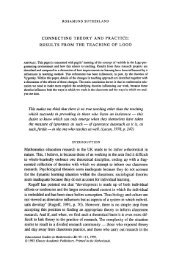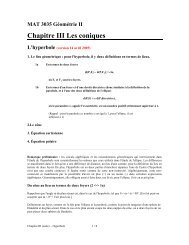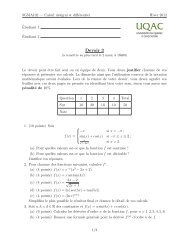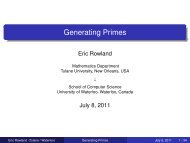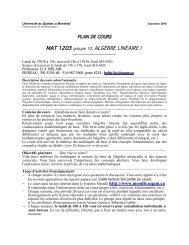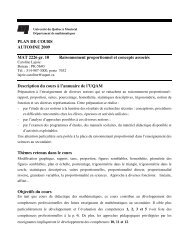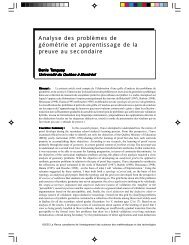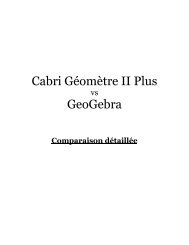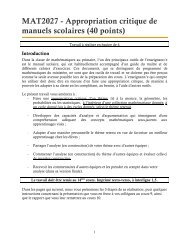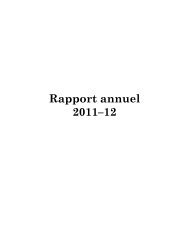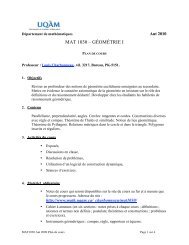COMPLEX GEOMETRY Course notes
COMPLEX GEOMETRY Course notes
COMPLEX GEOMETRY Course notes
Create successful ePaper yourself
Turn your PDF publications into a flip-book with our unique Google optimized e-Paper software.
1<br />
b g<br />
a g<br />
a 1<br />
Since S is oriented we have that there exists an intersection pairing in H 1 (any two loops, or elements in H 1 ,<br />
are homotopic to loops which are transversal). Note that a and b are the same element in H 1 if and only<br />
if a + (−b) = a − b = ∂U, for some open set U ⊆ S, i.e., a is homologous to b. Here −b de<strong>notes</strong> reverse<br />
orientation. So if a is homotopic to b then they are homologous.<br />
Consider the following picture:<br />
chart<br />
−→ b<br />
y<br />
C<br />
p<br />
−→ a<br />
x<br />
We have −→ a ∧ p<br />
−→ b = kx ∧p y, and denote<br />
and<br />
(a, b) p = sign(k)<br />
(a, b) = ∑ p∈a∩b (a, b) p<br />
Since the previous sum does not depend on the choice of the prepresentative, we have a well defined map<br />
( , ) : H 1 × H 1 −→ Z<br />
If S is a Riemann surface of genus g, we have in terms of a basis that<br />
(a i , b j ) = (b i , b j ) = 0, for every i, j,<br />
(a i , b j ) = −(b j , a i ) = δ ij .<br />
28



